Ultimate Guide: Backpacking Australia 2025 – Planning, Budget & WHV Tips
23 June 2025
Australia attracts thousands of young travelers each year, drawn by its stunning landscapes, laid-back culture, and unique wildlife. The Working Holiday Visa (WHV) gives you the freedom to explore, work, and live here for up to 12 months — or even more with extensions. But starting fresh in a new country takes planning, especially when you land with just a backpack.
This guide is here to simplify those first steps — from setting up a bank account and finding work to staying connected and receiving your mail. Whether you’ve just booked your flight or you’re already landing in Sydney, you’re covered.
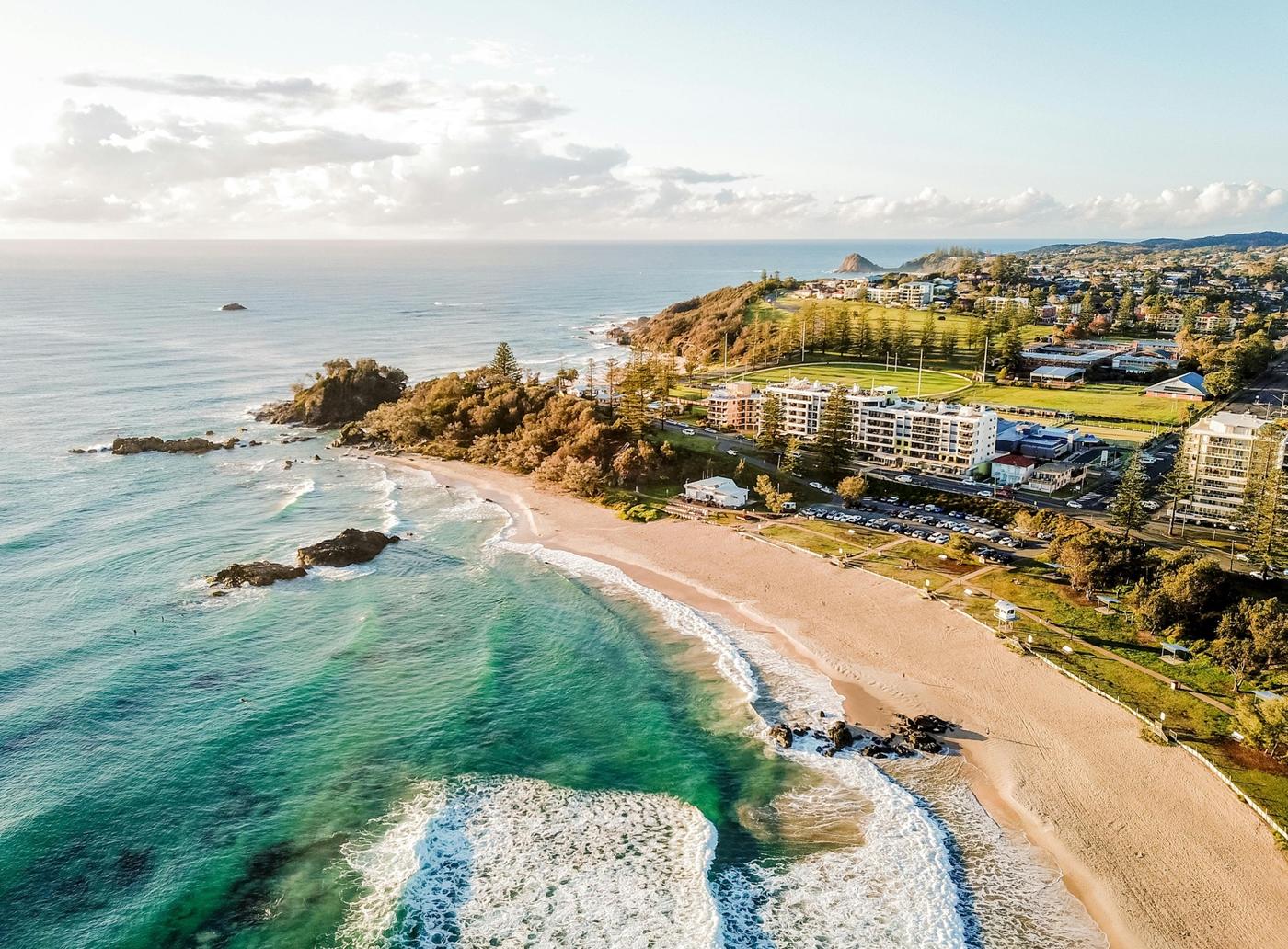
What is a WHV and why choose Australia?
The Working Holiday Visa (subclass 417 or 462) is a temporary visa that allows people aged 18–35 from eligible countries to live, travel, and work in Australia. It's an amazing way to fund your adventures while immersing yourself in Aussie life. Unlike other countries, Australia has a booming short-term job market that caters to backpackers.
- Application fee: ~$635 AUD
- Up to 12 months stay (extensions possible with farm work)
- Health insurance recommended (some countries require it)
- Proof of sufficient funds required (usually $5,000 AUD)

What to pack (and what to skip)
The Australian climate is diverse — hot deserts, cool mountains, tropical rainforests. Pack light but smart. You’ll regret overpacking when lugging your bag through humid streets. Bring versatile basics, and remember, you can buy anything you forget in cities like Melbourne or Brisbane.
- Backpack (40–60L) with rain cover
- Comfortable walking shoes + flip-flops
- Travel adapter + unlocked phone
- Printed + digital copies of your documents
- Reusable water bottle and basic first aid kit
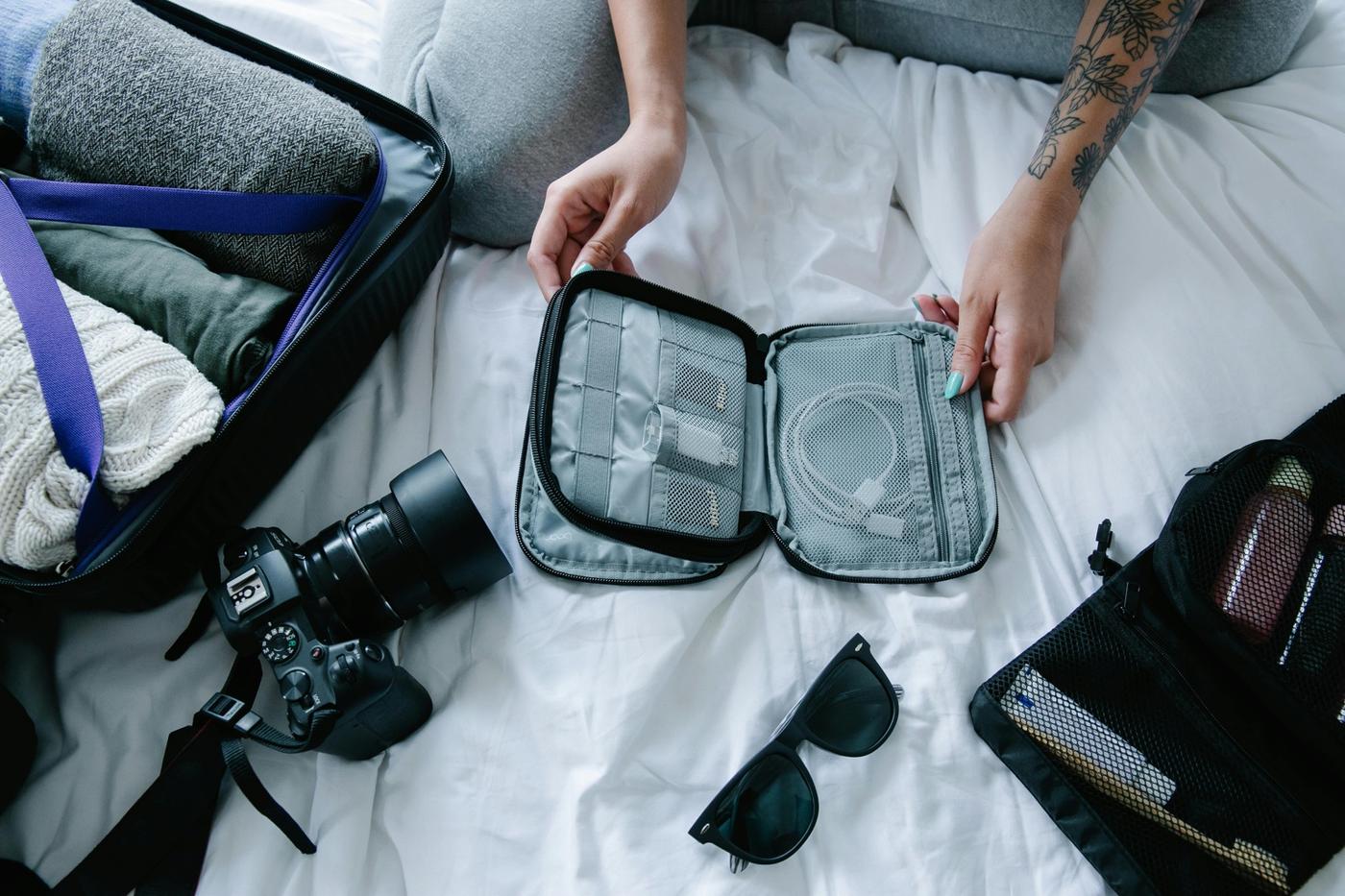
Budget: What does life in Australia cost?
Australia isn’t cheap, but with smart spending, you can stretch your budget far. The cost of living varies by city — Sydney and Melbourne are the priciest, while regional towns are more affordable. Many backpackers lower costs by cooking at hostels and sharing rides.
- Accommodation: $30–60 (dorms, hostels)
- Food: $15–30 (self-cooked or takeaway)
- Transport: $10–20 (buses, metro, Uber)
- Activities: $20–50 (tours, entries, bars)
Most people arrive with at least $3,000 AUD to cover the first month until they find work and get their first paycheck. With farm jobs or hospitality gigs, you’ll usually earn around $25–35 per hour.
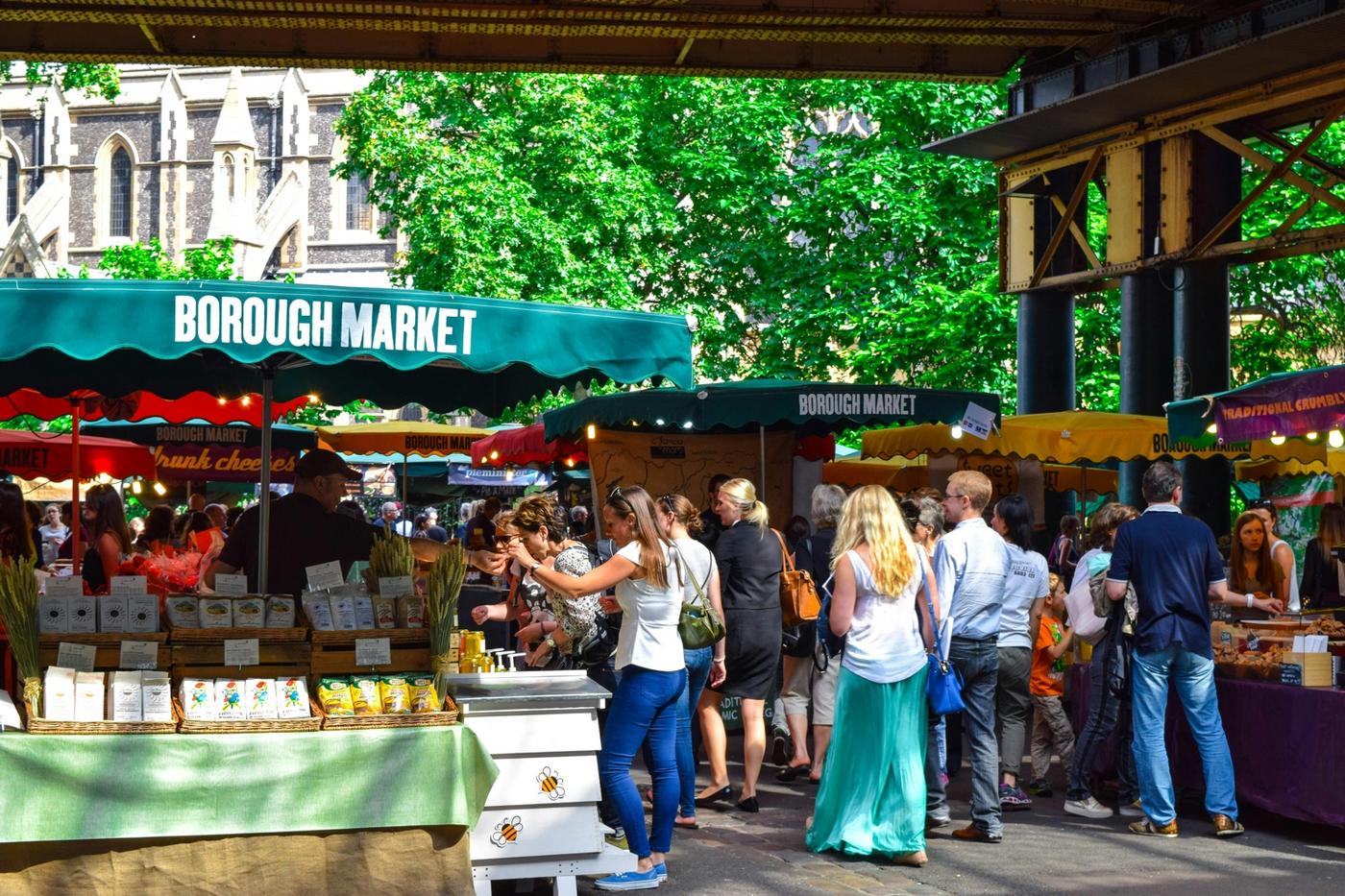
How to find a job quickly
Jobs in Australia are everywhere — if you’re proactive. Bring printed CVs and go door-to-door in busy areas. Bar managers and hostel owners hire on the spot. Online platforms also help, but face-to-face usually works faster.
- Hospitality (bars, cafes, cleaning)
- Farm work (also helps extend your visa)
- Construction, labouring, mining (White Card needed)
Tip: Join Facebook groups like "Backpacker Jobs Australia" or check Gumtree every morning.
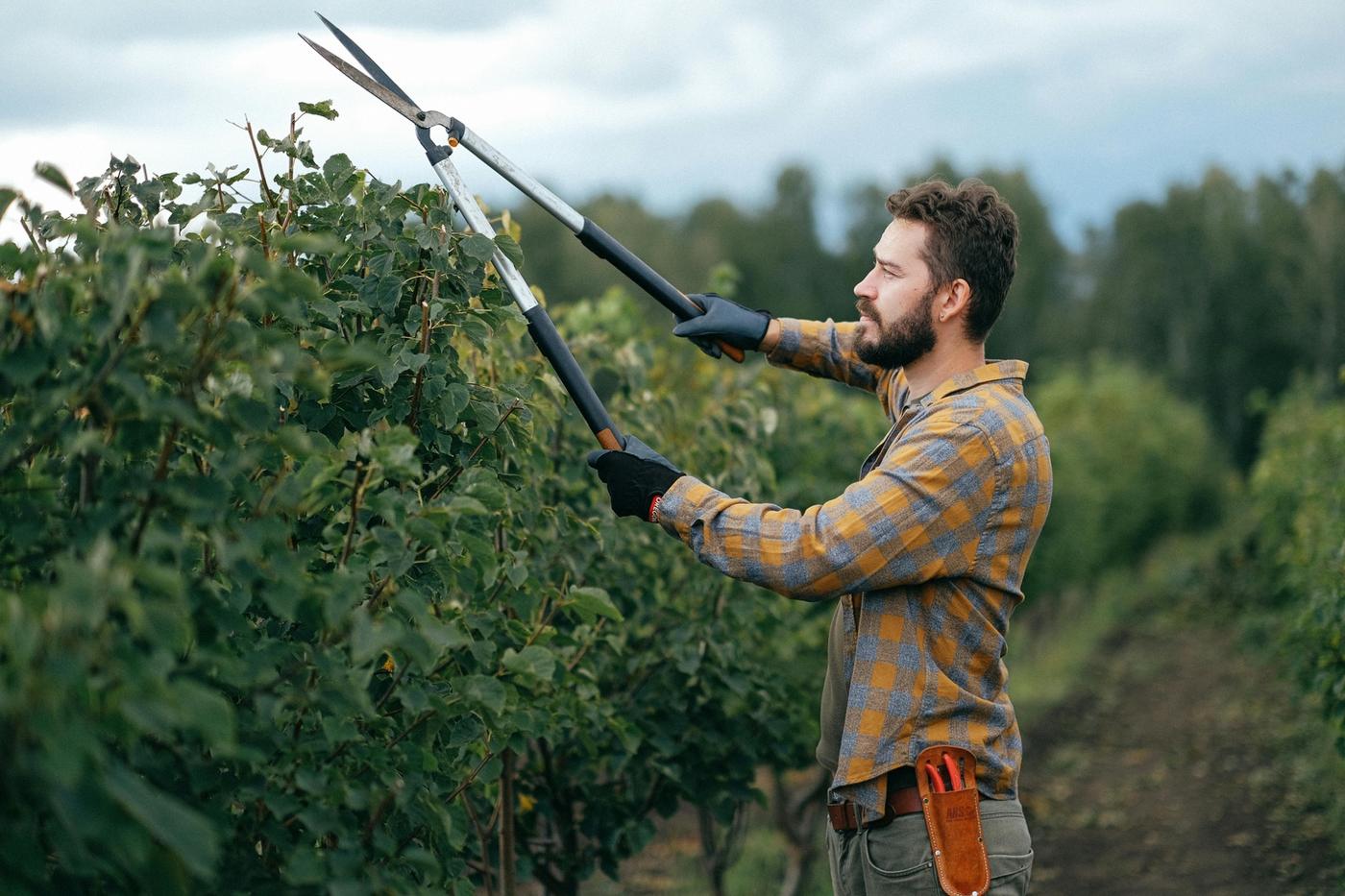
Where to stay (and how to meet people)
Hostels are still the top choice for backpackers — cheap, social, and full of opportunities. Most hostels have bulletin boards with job offers, ride shares, and activities. They're also great for finding travel buddies or even long-term roommates.
- Hostelworld / Booking.com for short-term stays
- Flatmates.com.au for shared rentals
- Aussie House Sitters for pet sitting gigs
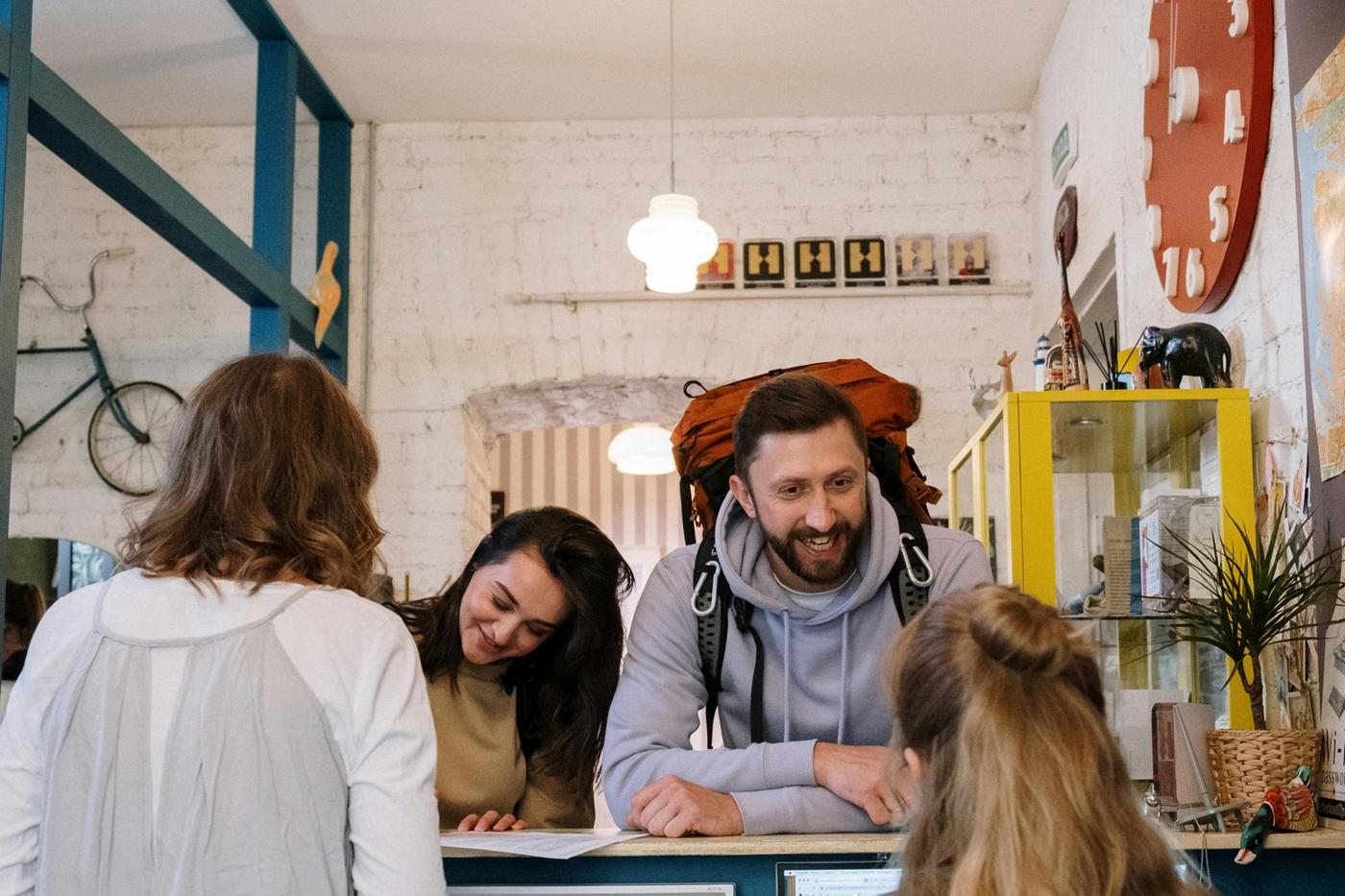
Receiving important mail while moving around?
Opening a bank account? Applying for a TFN? Waiting for your Medicare card? These all require a fixed mailing address — something most backpackers don’t have.
That’s where Wombox comes in. You get a fixed Australian mailing address. We scan your letters, upload them to your private dashboard, and you can access them from anywhere — even if you’re moving every week.
It's the easiest way to receive your mail while travelling. No stress.
📝 Want to know how to make the perfect Aussie CV?
Step-by-step CV checklist, real Aussie examples, and a free template ready to use.
How to get around Australia
Australia is massive — don’t underestimate distances. A bus ride from Sydney to Melbourne takes ~12 hours. A domestic flight can save days. Choose your transport based on time, budget, and the experience you want.
- Greyhound bus for long-haul flexible travel
- Campervan for freedom and road trip vibes
- Domestic flights for hopping between cities fast
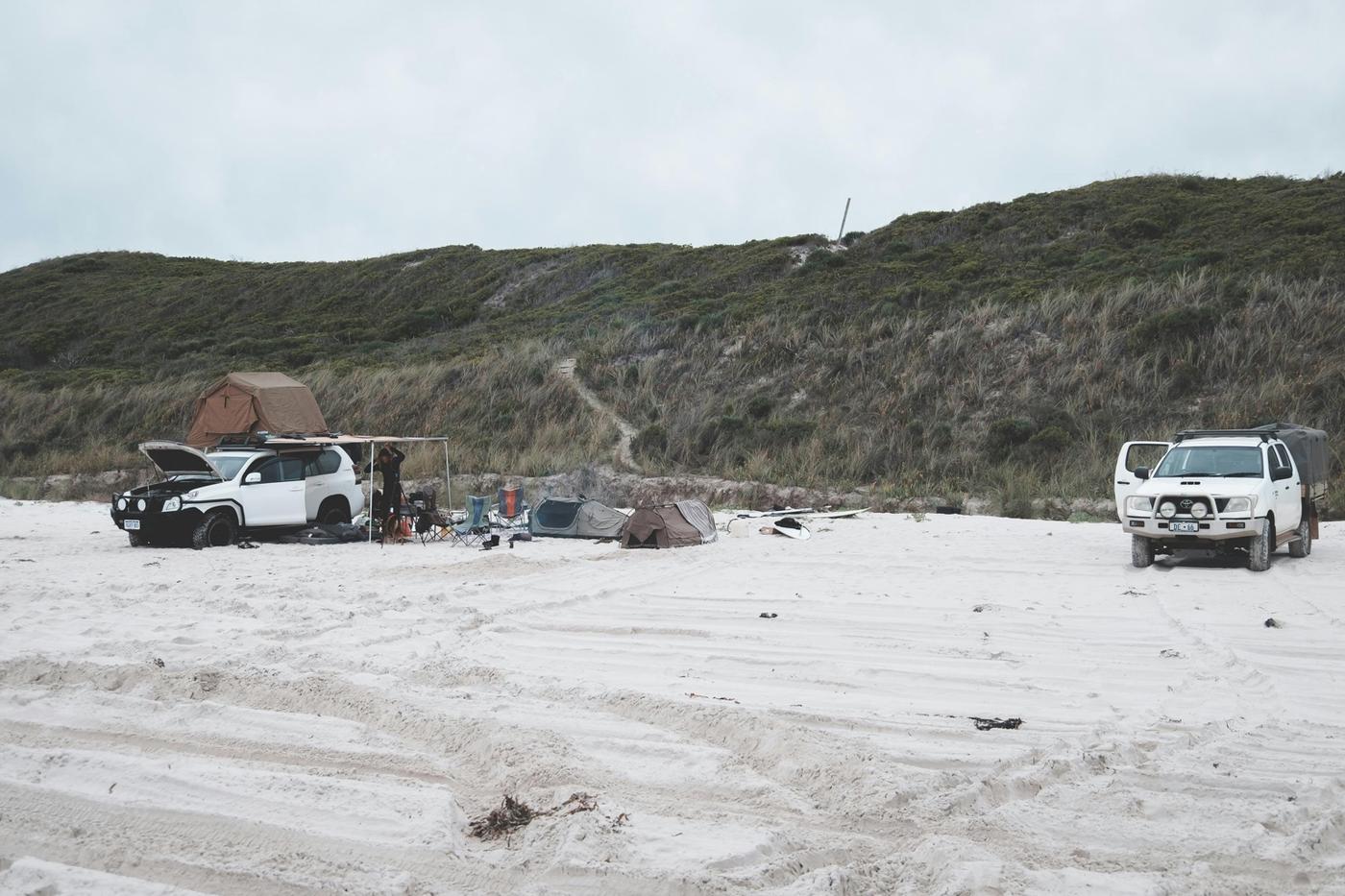
Final tips before you go
- Apply for your TFN (Tax File Number) as soon as you arrive
- Buy a prepaid SIM card at the airport or a supermarket
- Download the Express Plus Medicare app if eligible
- Alcohol is only sold in bottle shops, not supermarkets
- Keep digital and physical copies of your documents
Most importantly — stay curious. Australia rewards those who take their time, ask questions, talk to locals, and say yes to new experiences. Every day here has the potential to become a story.
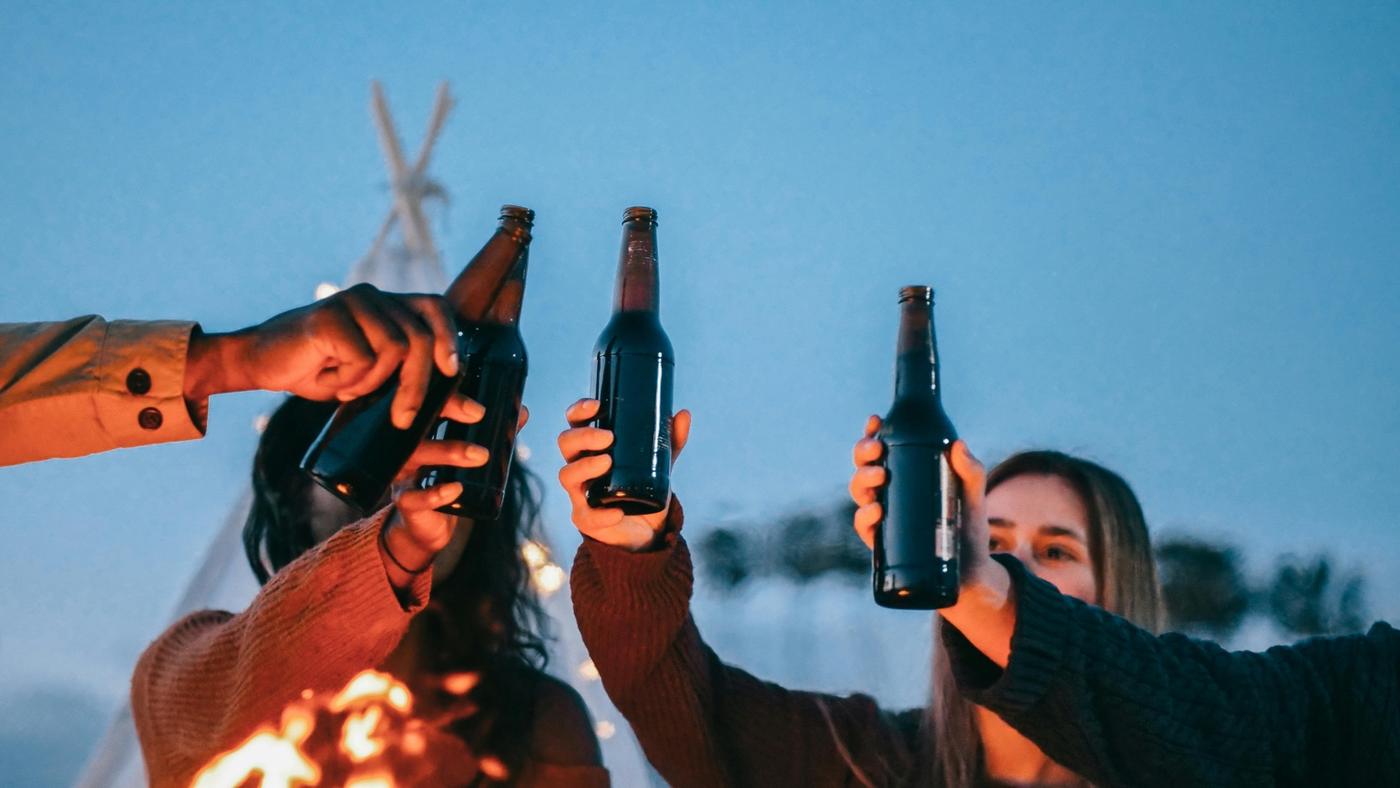
🇦🇺 Wombox is here for the road. See you out there, mate.